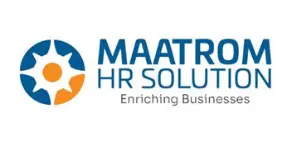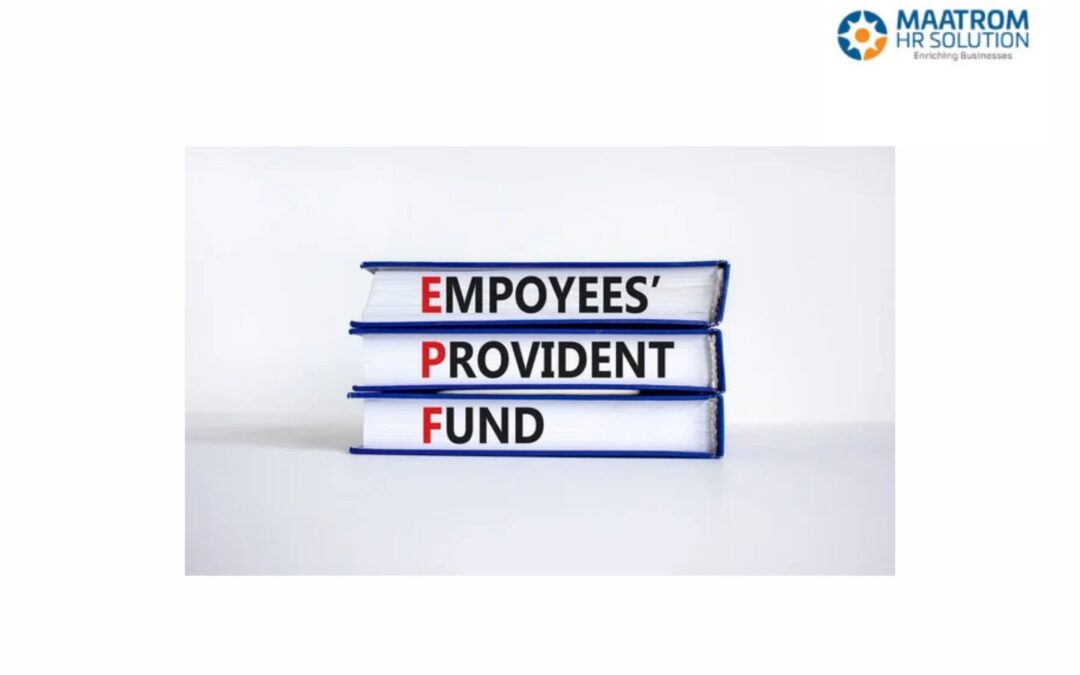The EPF (Employee Provident Fund) is easily the most used investment scheme by the salaried class of India. It is a benefit scheme for salaried employees by the Government of India to ensure that employees receive a monetary benefit on their retirement to secure their future. All the regulations and procedures of EPF are dictated by the Employee Provident Fund Organisation (EPFO), falling under the Ministry of Labour and Employment.
Eligibility
It applies to organizations with more than 20 employees. In certain cases, organizations with less than 20 employees can also be mandated to deduct PF.
Salaried employees with a monthly income of less than 15,000 are eligible for PF. Those above the limit can be part of it by getting permission from the Assistant PF Commissioner and their employer.
Who pays for the EPF?
12% of an employee’s salary is added to the EPF account every month. The company has to match the contribution. Of the company’s contribution, 3.667% is added to the EPF, while the rest(8.33%) is sent to the Employee Pension Scheme.
Every employee is provided with a 12 digit Unique Account Number on joining the EPF. Even if an employee changes to a different organization, the UAN does not change. Employees can join multiple accounts under a single UAN.
When can you receive the EPF amount?
Employees can get the benefits of the EPF post-retirement or after reaching 58 years of age. There are provisions to withdraw the PF early, under different circumstances.
Interest on EPF
The interest rate on EPF is reviewed annually by the EPFo after consultation with the Ministry of Finance. Presently, you receive a compound interest of 8.5% on your employee contribution fund. The interest is calculated every month and credited to the EPF account at the end of the financial year. The EPF account becomes inactive if there is no contribution for a period of 36 months. Also, the account will stop earning interest at the end of scheme tenure, ie when the person turns 58 years old. So the amount should be withdrawn at the time and invested elsewhere if you want to continue earning interest on it.
The amount contributed by the organization towards the EPS is tax-free. Employees can receive tax deductions for up to 2.5 lakh per annum for the amount they are contributing.
Often, employees are not aware of the benefits these schemes provide them. An HR must make sure the employees understand and make use of these schemes set up for their benefit.
Looking for a HR consultant, who will take care end to end PF activities starting fro. Registration, Monthly filing, PF claims, settlement of employees , then you can approach Maatrom HR solution.


Recent Comments